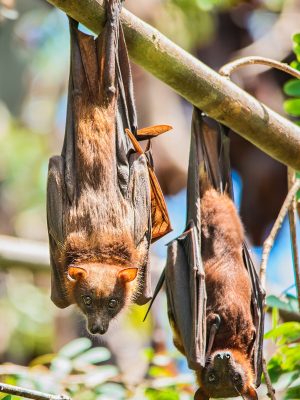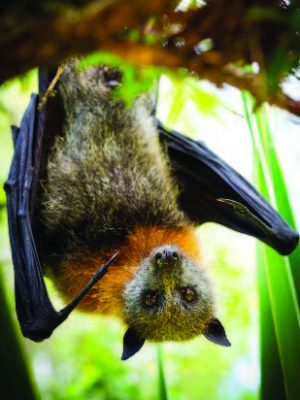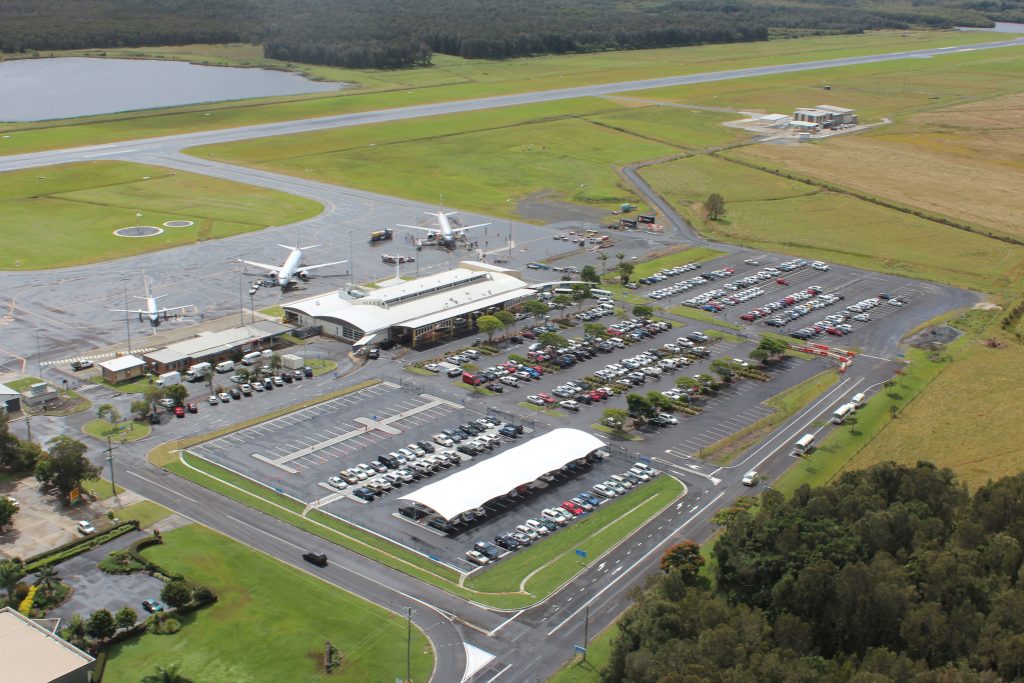Avisure has a longstanding partnership with Ballina Byron Gateway Airport in managing the airport’s wildlife hazards effectively. The airport’s location, with numerous off-airport wildlife attractants such as a creek north of the runway, Ballina Nature Reserve (a 721ha national park) also to the north, and quarry, waste management facility and racetrack area nearby, make for some wildlife hazard management (WHM) challenges.
However, BBGA are proactive in their WHM, and are focusing on the three species of flying fox which are present in the area: the grey-headed, black and little red. Around November, flying fox numbers begin to increase, to the thousands, or even tens of thousands. They transit from the Ballina Nature Reserve south to the township of Ballina, crossing the 06 approach. Currently the airport has flying fox notifications in ERSA, and as the season progresses, will continue their NOTAM to raise awareness of flying fox activity. Avisure’s team work closely with Marty Hanley, BBGA’s new Coordinator Airport Operations and Compliance and the airport reporting officers (AROs) to understand the flying-fox risk through monthly and quarterly reports and dedicated procedures for flying-fox counts.
Hanley came to Ballina in August 2021, having worked at numerous airports in Australia. Most recently, he oversaw operations at the brand-new Cape Preston airport, 80 km west of Karratha, catering to the area’s many fly-in, fly-out resources industry workers. He has gone from Cape Preston, an airport with ‘sporadic periods of wildlife activity, depending on the rainfall’ to Ballina. ‘It’s been a real eye-opener’, he says, ‘Ballina’s such a unique and busy airport’.
‘One of the first things I implemented at Ballina was better use of data’ Hanley says. As with many airports, BBGA uses AVCRM, a web-based compliance and risk management tool. Hanley implemented more comprehensive capturing of AROs’ reports. Rather than just capturing the first daily inspection report in AVCRM, ‘we’re now capturing data throughout the day’. Reporting has gone up 200 per cent, because all the data is now being captured in the system, instead of only some.
Hanley says the AROs see the benefit: this gives them a far better picture of wildlife activity on the airport, ‘of what’s actually going on’, as well as the opportunity for seasonal analysis, and comparison with previous years, ‘to make sure our wildlife hazard management matches what we need’.
As post-COVID traffic increases, and the seasonal flying fox presence is likely to increase, that data capability will be invaluable in more effectively managing the hazard.





